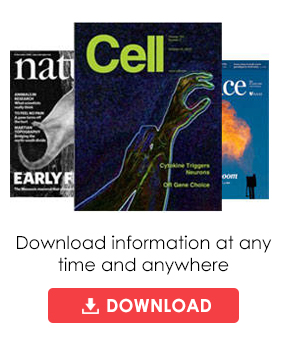PreciAbTM
PreciAb™ Platform
Antibody Design
Antibody Structure Modelling
Antibody-Antigen Complex Analysis
Computer-aided Affnity Maturation
Antibody Structure Determination
Antibody Reformatting
Antibody to ScFv Reformat
Antibody to VHH Reformat
Antibody Developability Prediction
Antibody Aggregation Prediction
Antibody Immunongenicity Prediction
Antibody Screening & Design
Company
About Us
Contact Us
Downloads
Careers
Events


 More than 10 years of exploration and expansion
More than 10 years of exploration and expansion


